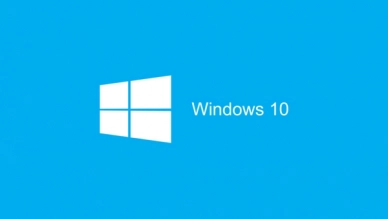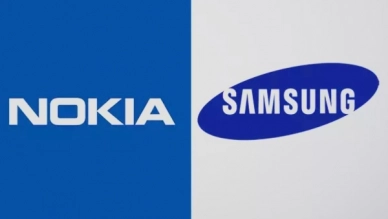What is a Hypervisor? Learn About Computer Virtualization Software
Do you want to run multiple operating systems on the same machine? Want to optimize server usage? A hypervisor is the perfect solution for you. This article will help you understand what a hypervisor is, how it works, and the benefits it offers. We'll explore the two main types of hypervisors: native and hosted, as well as compare the pros and cons of each.
What is a Hypervisor?
A hypervisor, also known as a virtual machine monitor (VMM), is a software program that manages one or more virtual machines (VMs). It is used to create, start up, shut down, and reset virtual machines. Hypervisors allow each VM, or “guest,” to access the underlying physical hardware resources, such as CPU, RAM, and storage. It can also limit the amount of system resources each VM can use to ensure multiple VMs can run simultaneously on a single system.
How Many Types of Hypervisors Are There?
There are two main types of hypervisors: Native and Hosted.

Type 1: Native
A native hypervisor, also called a "bare-metal" hypervisor, runs directly on the hardware. It sits between the hardware and one or more guest operating systems. It boots up before the operating system and interacts directly with the kernel. This provides the highest possible performance because no primary operating system competes for computing resources. However, this also means the system can only be used to run virtual machines since the hypervisor must always run in the background. Examples of native hypervisors include VMware ESXi, Microsoft Hyper-V, and Apple Boot Camp.
Type 2: Hosted
A hosted hypervisor is installed on a host computer where an operating system has already been installed. It runs like an application, just like other software on the computer. Most hosted hypervisors can manage and run multiple virtual machines at the same time. The advantage of a hosted hypervisor is that it can be started or exited as needed, freeing up resources for the host machine. However, because it runs on top of an operating system, it may not deliver performance similar to a native hypervisor. Examples of hosted hypervisors include VMware Workstation, Oracle VirtualBox, and Parallels Desktop for Mac.
In general, hosted hypervisors are popular for personal use and small businesses, while native hypervisors are used for enterprise applications and cloud computing.
Submit feedback
Your email address will not be made public. Fields marked are required *
Search
Trend
-
What is Black Myth: Wukong? Detailed Guide on System Requirements and Gameplay
08-21-2024 . 1k view
-
The simplest and fastest way to log into the Chinese TikTok, Douyin.
01-10-2022 . 1k view
-
Blog sites that will accept AI generated content
07-26-2024 . 1k view
-
Call of Duty: Black Ops 6 - Intense, Mysterious, and Surprising Warfare
09-02-2024 . 1k view
-
The "End of Life" for Windows 10: A Massive E-Waste Threat and Sustainable Solutions
08-18-2024 . 941 view











0 feedback